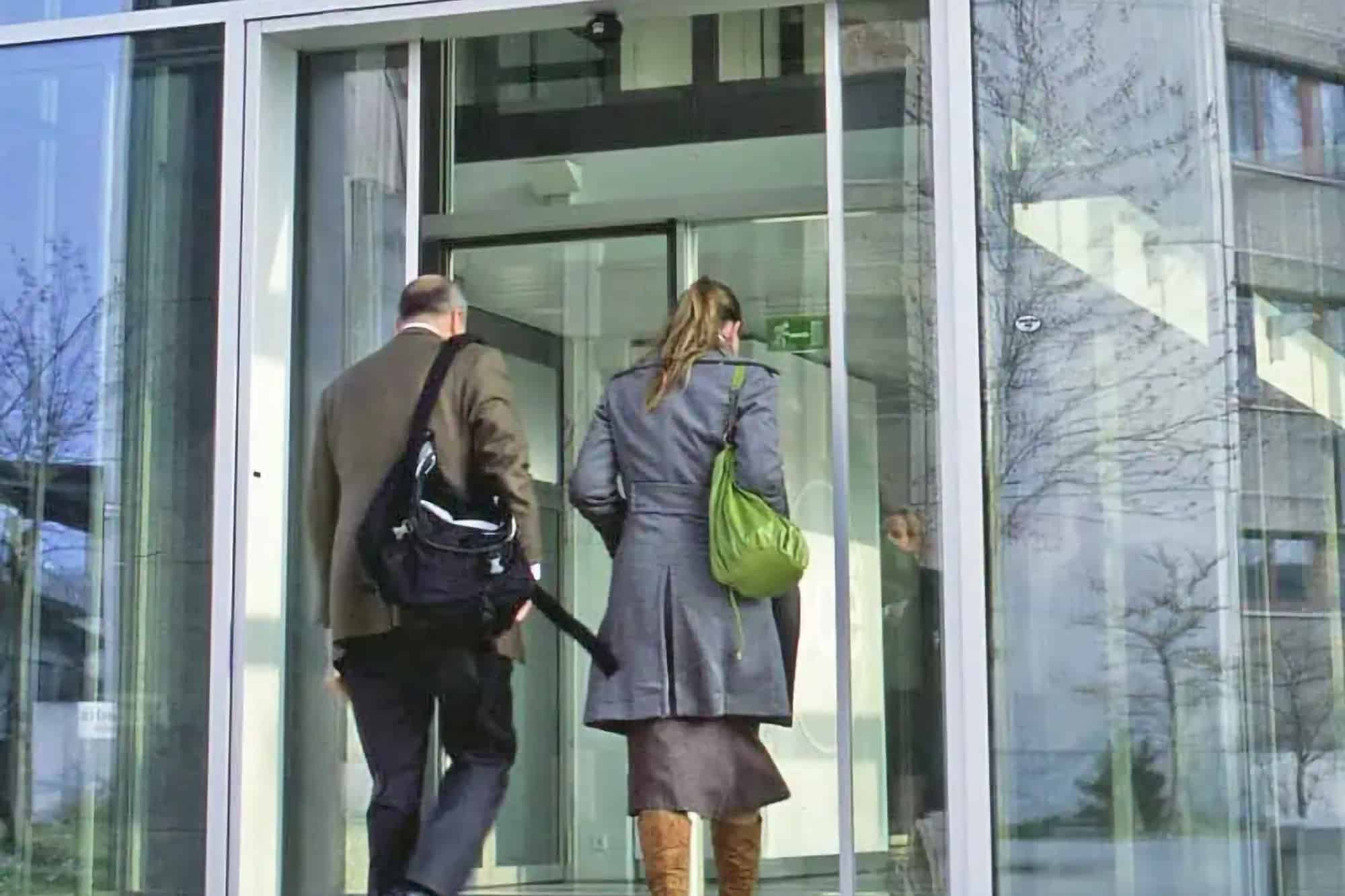Pedestrian Access Security
What to Consider when Choosing a Solution?
Pedestrian access security is a key element in any building, more than ever today, when there is a multitude of products, standards, and certifications. Before delegating the choice to experts, to avoid errors that may occur when stepping onto completely unknown ground, especially given the high security profile and the potential, albeit very rare, for catastrophic failure in case of error, it is important to ask yourself a series of questions in the correct order. This way, you can make an appropriate choice, even though you must consider that no solution is 100%. Security is always a compromise, unless you have unlimited funds.
What Threats Am I Trying to Mitigate (as Detailed as Possible)?
Often the focus falls only on the main threats. You need to make a list as complete as possible, because a threat you barely consider might prove to be the one you should have focused on.
Classify them based on the likelihood of occurrence and probable impact. An armed attack can destroy your business, but it is an unlikely event, while a person injured by an automatic door who sues you can represent a much more likely risk with an almost equally negative impact on the business. Depending on the type of activity, you can include risks such as loss of life, critical building infrastructure, and costs.
Where are the Weakest Links?
Installing a door from a security class is useless if the nearby glass can be easily broken. The entire building must be evaluated, for example, the location of potential entry points into the building, less obvious, hidden from surveillance cameras, which may require increased security compared to the main entrance that is always in the staff’s view.


What Considerations should You Have Regarding Usage (Frequency and Flow) and Safety?
Once you have established the risk profile, you need to analyze other elements of the chosen solution such as safety in use, flow of people, the security standard you are trying to achieve. Any pedestrian access solution must meet BS EN 16005, and rapid gates and turnstiles must comply with the BS EN 17352 standard. You can choose not to implement them, but you must be aware of the compromise you are making. How safe? What safety in use? What kind of users do you have? Do children or vulnerable people use the building? Is it used only by trained individuals (e.g., staff or gym members) or is it for public access?
When you encounter acronyms, it is good to find out what they mean. For example, PAS 24 and BS EN 1627 (up to RC3) represent standards mainly intended for the domestic market. How much are they intended to prevent access, to what extent, and by what methods? Even if you don’t have this answer, the chosen experts must know.
By this point, you should have an idea of what you want to achieve and have prioritized your risks. This will eliminate certain solutions from the start.
Cost is also an important factor. It is financially more efficient and actually safer to have more than one level of security. Laminated glass is stronger than the same thickness of a single panel/glass. A key element is ‘delay’. Criminals aim to get inside and out as quickly as possible.